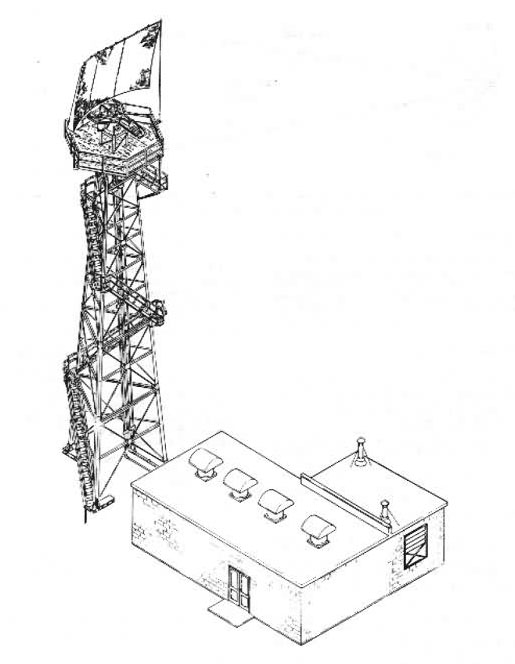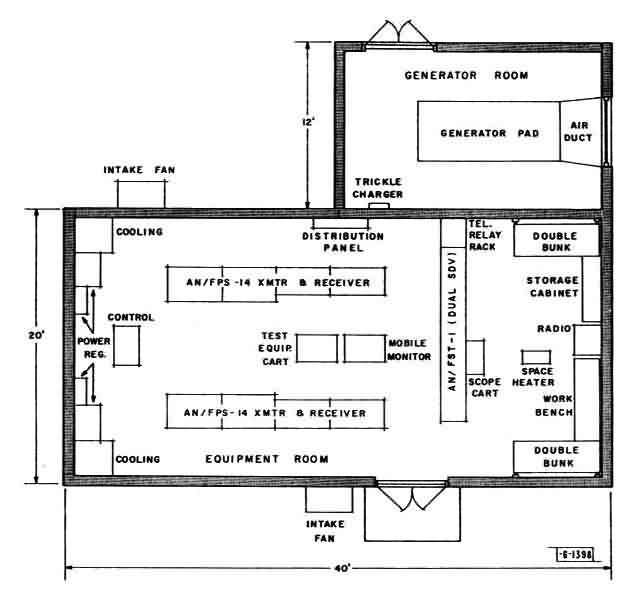In 1942, the War Department leased the Oroville Municipal Airport and renamed it Oroville Army Air Field (AAF). That same year the Army purchased an additional 381.98 acres of land for expansion of the field and construction of a cantonement area. Once operational, it served as a fighter group training installation from spring of 1943 through early summer 1944. Two fighter groups rotated through Oroville AAF: the 357th Fighter Group (fighter group of famed pilots Chuck Yeager and Bud Anderson) and the 369th Fighter Group. Aircraft present at the field were identified as the Bell P-39Q Airacobra, North American P-51B/C/D Mustangs, and possibly the North American A-36 Apache, the ground attack version of the P-51.
In 1945 Oroville AAF was listed as “temporarily inactive” under assignment to Air Technical Service Command and was later classified as surplus. In 1946 the War Assets Administration (WAA) assumed custody of the site and on 21 May 1947, the WAA terminated the U.S. Army’s lease with the City of Oroville and quitclaimed the fee owned property to that municipality.



USAF Air Combat Command
June, 1997
